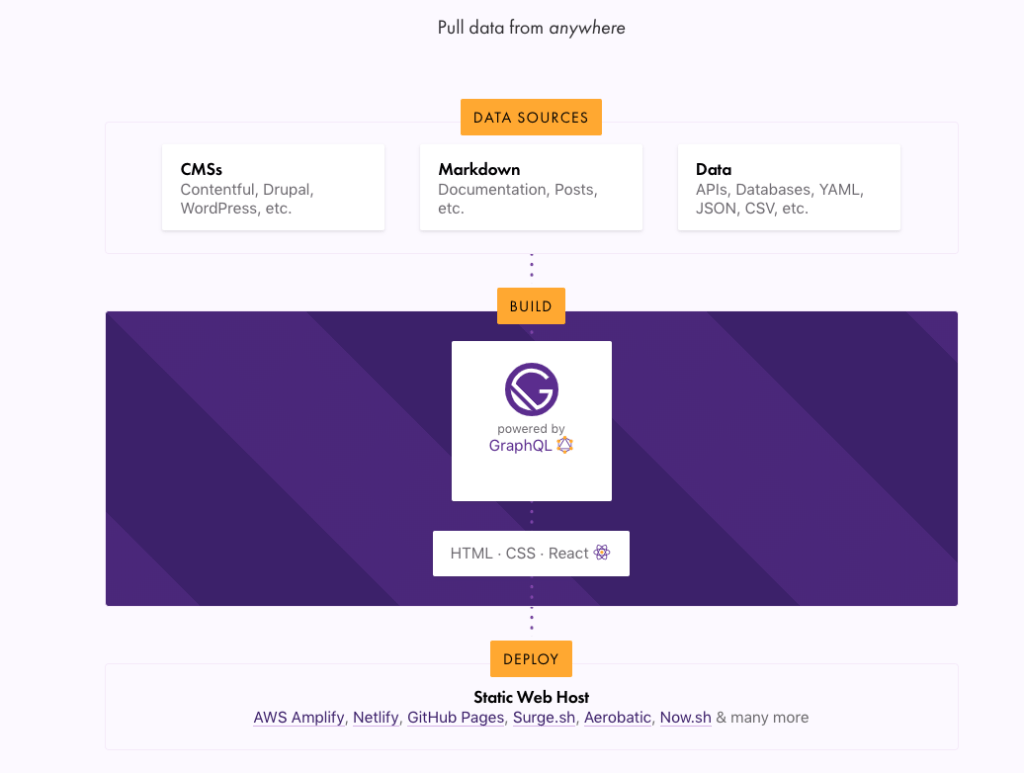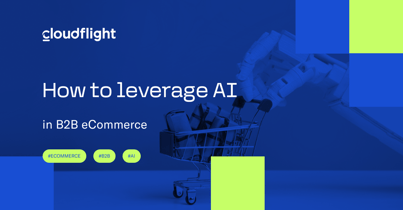For more than a decade, Magento was the best choice to set up an eCommerce platform. The times changed the technology landscape moving from feature-oriented to architecture-oriented eCommerce platforms. What are they?
Check out our modern solutions for eCommerce that can replace your Magento platform or see how we can prolong its life with Progressive Web Apps.
The beginnings of Magento
I first came across Magento in late 2007 when it was still in its Beta version. The code seemed truly beautiful to me, with all the design patterns I’d read about in J2EE books. And yet, it was too just complex… which is why we chose Prestashop for the first eCommerce site at Divante.
In hindsight, that was a mistake. For the next 10 years, most of the eCommerce pages we launched were based on the Magento technology. It was really the only serious open-source eCommerce platform at that time and had a lot of cool features, while Prestashop and Open Cart weren’t suited to enterprise-grade sites, not even medium-sized eCommerce.
Back in 2008, the eCommerce platform was in charge of almost every process related to running an online business: managing the product information, orders, content pages, and so on. Magento had all these features covered and was also very customizable. I guess that even today the customization features are presented as a unique selling proposition of Magento. Honestly, it was the first product in the eCommerce segment that was so well engineered.
The other unique feature of Magento is that it suited the whole range of business segments. Many startups with zero revenue were picking Magento because it was a free-to-use, open-source product. Medium-sized eCommerce sites were first drawn to Magento by agency recommendations (and agencies loved it because they were able to customize it to the client’s needs) and then because of its growing popularity. Enterprise-grade clients were comfortable with a solution that represented the industry standard (I’d say at the level of 25% of the market), and because of its engineering maturity.
What eCommerce technologies will be next?
I’ve heard the opinion that “Platform X is Magento3”. But there won’t be another Magento. The market has changed and the technology paradigm has shifted.
Most discussions I have with clients are now about integrating different technologies and solutions together over a single frontend. There are sets of modern, specialized products to enable excellent features in CMS, OMS or PIM systems. And there is no single product that is best in all these categories.
Here are some examples of technologies and solutions that will easily replace Magento:
Architecture-driven approach
A long time ago, feature phones were replaced by smartphones that are more like a platform for app developers rather than all-inclusive toys that you can hardly customize to your needs.
The same approach is visible in the area of enterprise software development.
There is a product with an open API available for almost every business need. When you consider Product Recommendations, one can choose Nosto. Need a PIM? Pimcore or Akeneo are available. Need order-processing? Shopware 6, Magento Cloud, and Commerce Tools are just a few reasonable options.
Backend panels and features have become a commodity and are rarely the ultimate decision-factors for business. The reason is that you can gain greater value for business by just gluing together the different, best-in-class products.
Choosing the right platform is now very often a choice based on comparing APIs, performance and, of course, cost.
Frontend apps as the glue
Demandware/Salesforce Commerce cloud became really popular because of its unique architecture (and business model). You get an SDK for different languages, plus an app-development environment where you can deploy your frontend application which uses a set of widely available APIs. Product management, orders, and user management are just a few of the features which are included in the starter/accelerator shop, and which can be customized in the case of a short time-to-market requirement.
This model is currently the standard for eCommerce development and is widely adopted by many different eCommerce platforms like Shopware 6, Commerce Tools, Moltin, Big Commerce, and others.
All those platforms offer you a set of high-performance, open REST or GraphQL APIs plus a wide set of SDKs (usually JavaScript, .NET, Java, PHP).

An important decision factor is to select the “glue” that will let you win by being aligned with your team’s skills and infrastructure (and I’ll say more on the most commonly selected options in the next part on JavaScript and its frameworks).
Frontend apps are becoming the glue. There are many different ways to host them; for example, one can take a serverless approach like zeit.now, or opt for static pages hosting like Netlify.
Software as a Service
Ten years ago, when you thought of building an eCommerce site, you got a few vital options on the table:
- mature eCommerce platforms like Oracle, Hybris, and Magento
- custom software based on the most common tech-stacks like PHP, .NET and Java
The huge advantage of these was the openness (even for proprietary products) to changes. You could modify, add, or change any feature you wanted to adjust to your unique business circumstances.
Between then and now, Software as a Service has become really strong for Enterprise Application distribution, starting with the Salesforce No-Software movement.
The lower Total Cost of Ownership (TCO), including virtually no up-front investments, no infrastructure costs, and the promise of software that “just works”, powered SaaS adoption.
However, when you require a lot of customizations, SaaS could be an odd choice. The first enterprise products were lacking any extension points or APIs. All the customizations were just those available through the configuration panel.
The “API Economy” and the Cloud then started gaining importance. To accommodate the cloud, you had to be ready to manage your stack and software using open, programmable interfaces. Vendor and data-lock-ins are usually no longer the case.
The business value of modern eCommerce platforms
When you ask a merchant why they’re so successful, their answer is usually: because of the details that make us unique. What might these details be? The problem is: anything and everything. The way you source brands and traffic (e.g. the na-kd.com model based on Instagramers), the way you out-sell your stocks (e.g. highsnobiety.com based on high-traffic marketing campaigns), the way you price goods, or the way you present products.
Businesses ask for measurable results such as better conversion rates, optimization of customer experiences, and adding new features; they rarely ask for infrastructure tweaks or DevOps activities. These things are similar to insurance—invisible in the case of success and strongly discussed after a failure. And if they fail, it is the CTO’s fault.
On-premise platforms have significant TCO, including DevOps costs and migration costs as you update your stack. These are simple things that are required in order to keep the status quo and keep things going. At the same time, the stream of new requirements never stops, and the development team is expected to be focused on research and development and improvements rather than being an IT-support team whose role becomes a commodity.
Having a SaaS product as a Core, plus custom, lean applications built around it, hosted on a managed PaaS, is seemingly a good fit. It provides you with a very short time to market along with fully-fledged customization options.
If you are looking for more inspiring ideas on how to structure and develop eCommerce platforms that will stand the test of time read “The New Architecture for eCommerce”.
Published April 6, 2020














